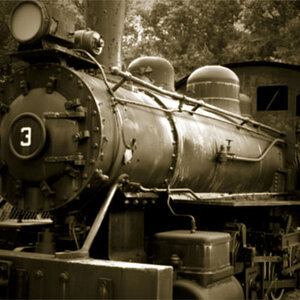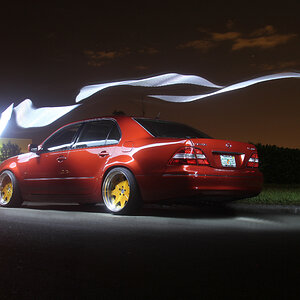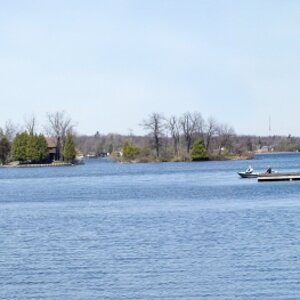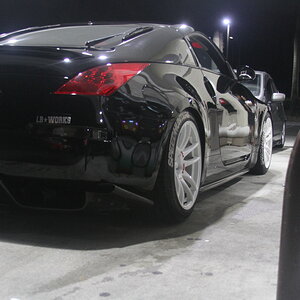Terry1964
TPF Noob!
- Joined
- Jul 24, 2010
- Messages
- 5
- Reaction score
- 0
- Location
- Bolton
- Can others edit my Photos
- Photos OK to edit
Hi,
I have just bought a camera in order to take pictures of my art work so I can produce prints. I have no idea of how best to do this. The paintings are all in oil and approx. 24" by 30" . the camera is a Nikon D5000. I bought a tripod and a vf(?) lens for protection. I have no experience or knowledge whatsoever in photography, but figured with a decent camera and a lot of help I should be able to get some decent results. If any one can offer some advice I would greatly appreciate it.
This is one I took yesterday in my front room, I had to do a lot with it on paintshop pro. I think I took it raw. There seems a lot of little light reflections on it from the canvas that make it appear a bit faded in comparison to the painting.
It doesn't seem to be very sharp either esp. when enlarged to actual size.
 [/IMG]
[/IMG]
Cheers,
Terry
I have just bought a camera in order to take pictures of my art work so I can produce prints. I have no idea of how best to do this. The paintings are all in oil and approx. 24" by 30" . the camera is a Nikon D5000. I bought a tripod and a vf(?) lens for protection. I have no experience or knowledge whatsoever in photography, but figured with a decent camera and a lot of help I should be able to get some decent results. If any one can offer some advice I would greatly appreciate it.
This is one I took yesterday in my front room, I had to do a lot with it on paintshop pro. I think I took it raw. There seems a lot of little light reflections on it from the canvas that make it appear a bit faded in comparison to the painting.
It doesn't seem to be very sharp either esp. when enlarged to actual size.

Cheers,
Terry


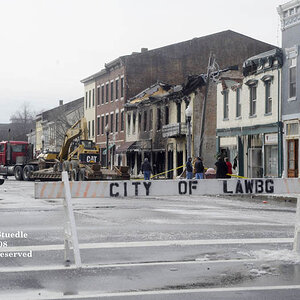
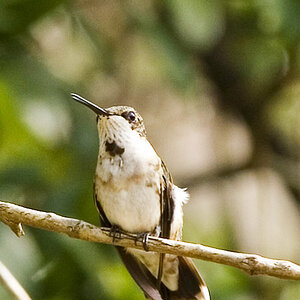
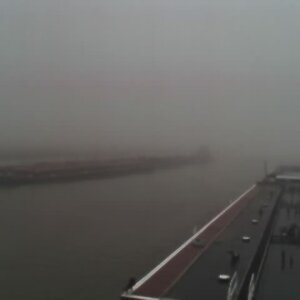
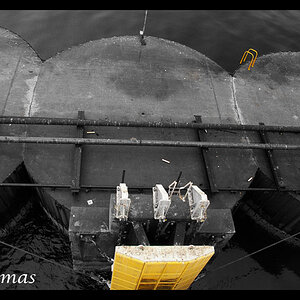
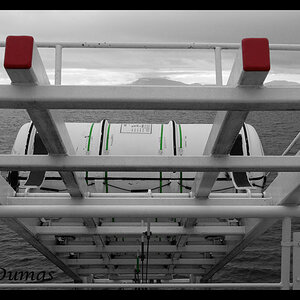
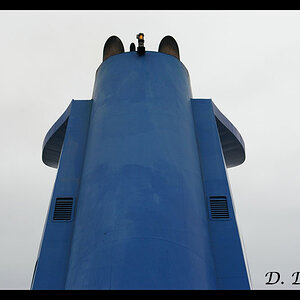
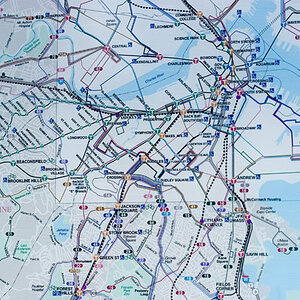
![[No title]](/data/xfmg/thumbnail/37/37634-504722605a418b398f3cd1dbabf936e5.jpg?1619738156)
